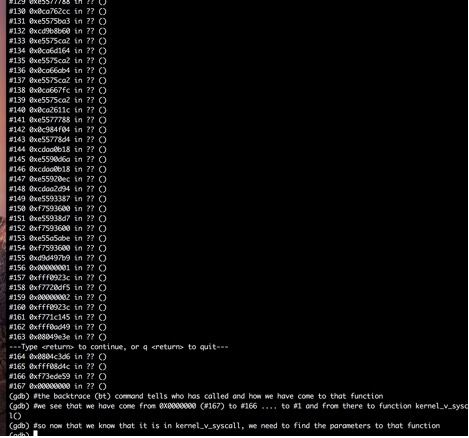Border Gateway Protocol (BGP) is a fundamental routing protocol that is responsible for routing Internet traffic between Autonomous Systems (ASes). BGP is used to exchange routing information between routers on the Internet, and it determines the best path for network traffic to follow. In recent years, BGP has undergone several changes, with new features added to improve its performance and security. In this article, we will discuss some of the newer features added to BGP in recent years.
One of the most significant changes to BGP is the addition of BGPsec. BGPsec is a security extension to BGP that provides secure routing by adding digital signatures to BGP updates. This ensures that BGP routing information is authentic and has not been tampered with, preventing attackers from hijacking traffic or redirecting it to a malicious destination. BGPsec is now widely deployed, and it is essential in ensuring the security and integrity of BGP routing information.
Another important addition to BGP is the support for Multiprotocol BGP (MP-BGP). MP-BGP allows BGP to support routing information for multiple protocols, such as IPv4 and IPv6, as well as other network layer protocols like MPLS. This provides greater flexibility and scalability in routing, allowing BGP to handle the increasing demands of modern networks.
BGP Flowspec is another feature that has been added to BGP in recent years. BGP Flowspec is a traffic filtering mechanism that allows network operators to specify how traffic should be treated based on specific characteristics, such as the source or destination IP address, the type of traffic, or the application used. This allows network operators to block or rate-limit traffic that is considered undesirable, such as traffic from known sources of DDoS attacks.
BGP Large Communities is another recent addition to BGP. BGP Large Communities is an extension to BGP that allows network operators to attach additional metadata to BGP routing updates. This metadata can be used for a wide range of purposes, such as filtering, traffic engineering, or monitoring. BGP Large Communities is particularly useful in large networks where the routing table can be very large, and it provides a more efficient way to manage routing updates.
BGP Link State is another recent addition to BGP that provides a more scalable way to handle routing information. BGP Link State is based on the same principles as the OSPF and IS-IS routing protocols, where routers maintain a database of link-state information, and routing decisions are made based on this information. BGP Link State can handle larger networks with more complex routing requirements, providing better scalability and efficiency in routing.
BGP Add-Path is a feature that allows BGP to advertise multiple paths for the same destination prefix. This provides greater redundancy and load balancing, allowing traffic to be distributed more evenly across multiple paths. BGP Add-Path is particularly useful in networks with high traffic volumes or where link failures are common.
Finally, BGP Route Refresh is a feature that allows BGP routers to refresh their routing tables without tearing down BGP sessions. This provides a more efficient way to handle routing updates, as BGP sessions do not need to be reset each time the routing table is updated. BGP Route Refresh is particularly useful in large networks with many BGP sessions, where resetting BGP sessions can be a time-consuming and disruptive process.
In conclusion, BGP has evolved over the years to become a more robust, secure, and flexible protocol, thanks to the addition of new features and improvements. Network operators can now benefit from advanced features like BGP Flowspec, BGP-LS, and BGPsec, to enhance their network's security, scalability, and resiliency. The combination of BGP with SDN technologies can further enhance network automation and programmability, making it easier to manage large-scale networks.














